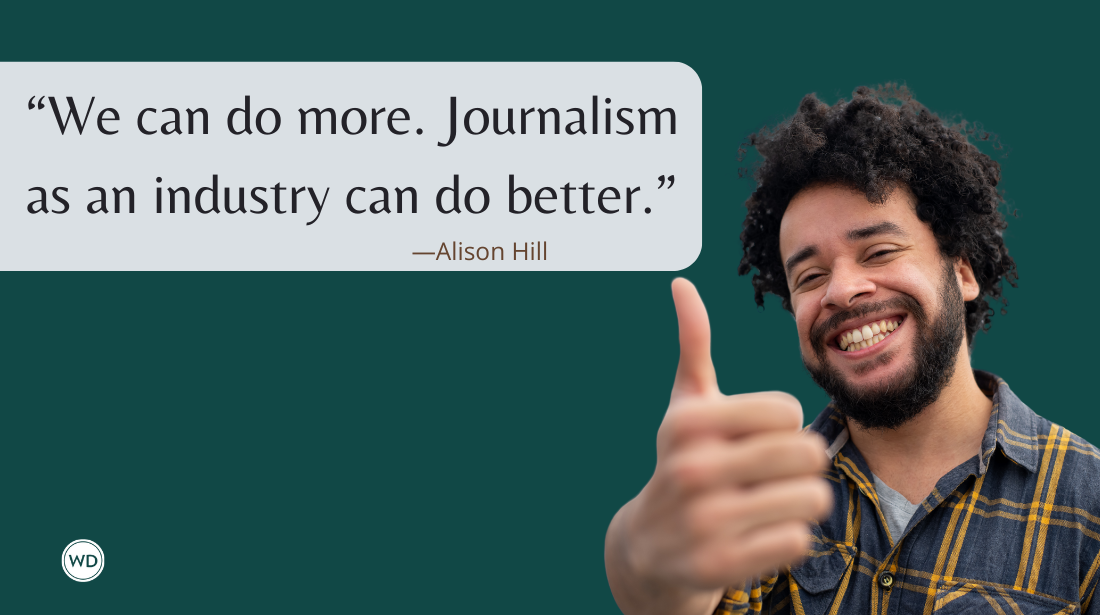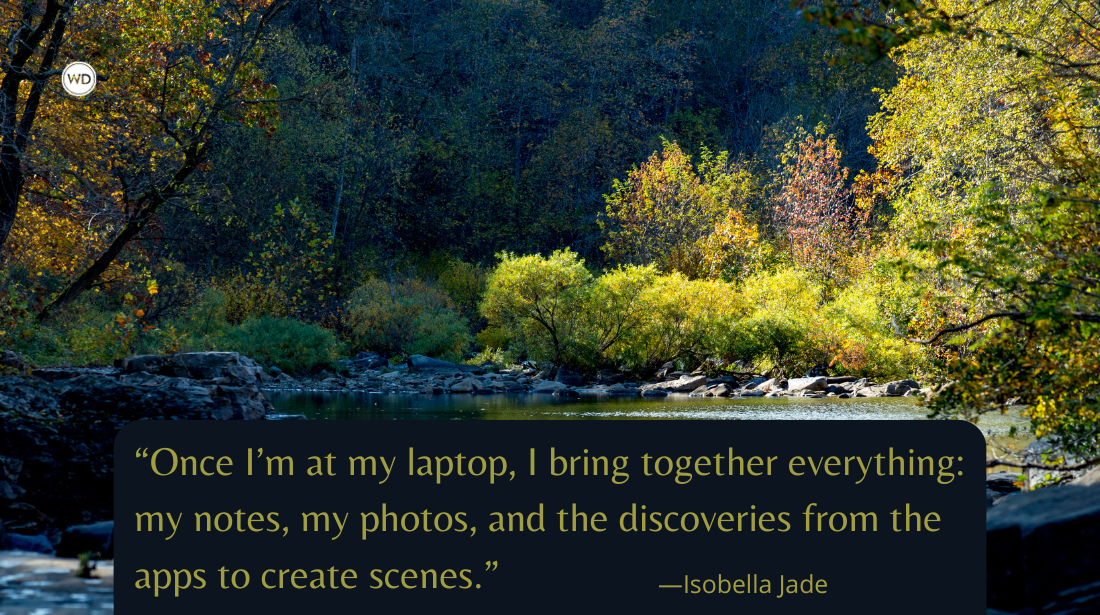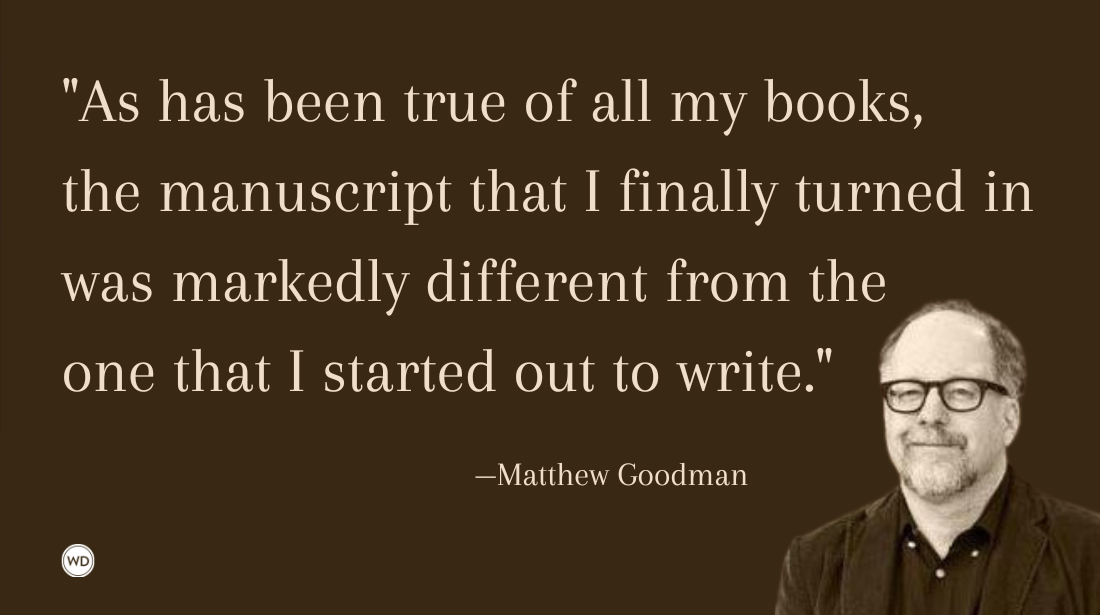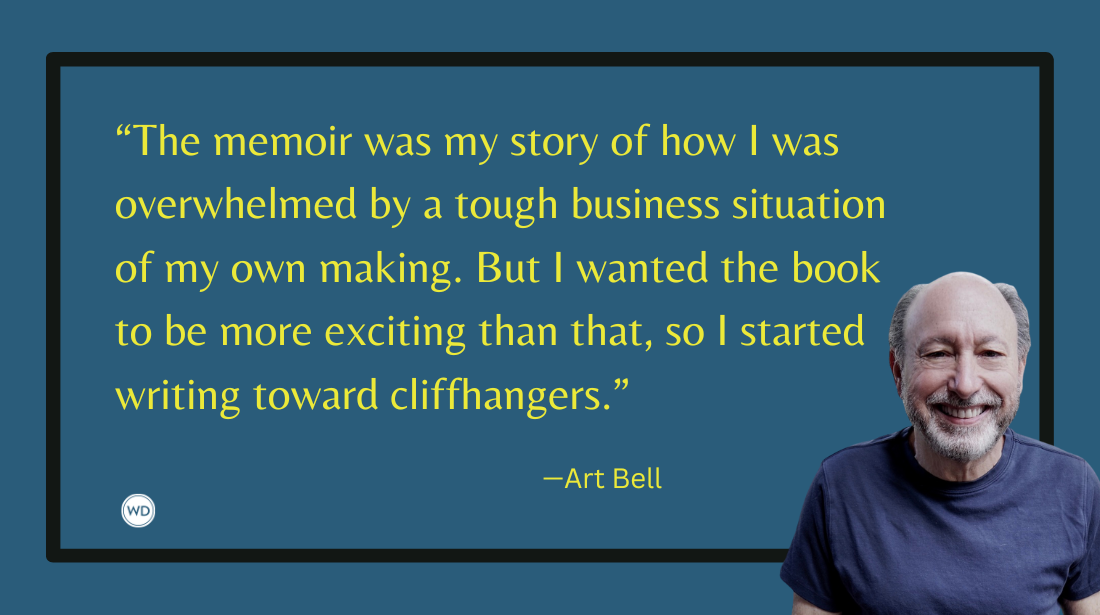9 Ways to Crack Into Major Markets With Personal Essays
Follow these 9 simple steps for writing what you already know, and you could get your big break—and a paycheck to match—faster than you might think.
"Write what you know,” Mark Twain supposedly said. Here’s what I know: A fantastic first-person essay is the best way for an unknown writer to see print fast.
As a memoirist by day and creative nonfiction teacher by night, I am constantly thrilled and astounded by how far a heartfelt three pages can take you. Not only can a brand-new author receive a prominent byline and a big check, but a single piece that strikes a chord can lead to radio and TV appearances, film options, and calls from top literary agents and major publishers clamoring for the book you haven’t written yet. I’ve helped students of all ages, fields and backgrounds get it right. But in a sea of submissions—you’ll be writing these columns on spec, not merely pitching an idea—it’s also easy to get it wrong. Here’s how to frame your own story for top newspaper, magazine and Web markets, in nine simple steps.
—by Susan Shapiro
1. FOCUS FROM THE FIRST WORD:
Don’t write a vague essay in hopes that you can pitch it everywhere; attempt a piece that’s a perfect fit for a specific market. Every section of a newspaper, magazine, Webzine and literary journal has a different voice, style, word count and raison d’être, and there’s nothing efficient about crafting catch-all prose that won’t get published. The editors of TheNew York Times’ Modern Love column require a six-page unusual romantic saga, while the same paper’s Sunday magazine Lives column editors look for narratives that are shorter, timely and global. So before picking up a pen or turning on your computer, ask yourself: Where am I aiming this?
2. STUDY THAT TARGET AUDIENCE:
When I hoped to break into The New York Times Magazine’sLives column, I carefully read 100 installments that had already run. It turned out my idea—how as a bride I’d worn all black—was too frivolous by comparison. So I revised, throwing in that my mother was an orphan who had only one daughter, as well as (violins in the background) the lingering ghost of my dead grandmother. The editor bought it on my first try. “You’re so lucky,” a colleague told me. Well, the harder you work, the luckier you get.
When I sold three pieces in a row to MarieClaire, a magazine for younger women, I did not write my age or say, “Thirty years ago, when I was in college….” I merely used past tense. Nobody had to know how long ago my crazy carnal coed days were. On the other hand, for a piece I’m about to submit to AARP The Magazine, I am shouting my age—and my father’s!
3. GO FOR THE JUGULAR:
The first mistake I often see new writers make is to pick lightweight topics that have already been everywhere. Sorry, but no editor I know wants a mild-mannered slice of life from an unknown scribe on how cute your kids or your cats are. Think: Drama. Conflict. Tension. The worst experience of my life.The day I got held at gunpoint. The first assignment I give my students is: Write three pages about your most humiliating secret. Ask yourself the Passover question: Why is this night different than all other nights? If it’s not, pick a more compelling true-life tale to tell.
Here are some intensely intimate subjects tackled by authors I know that led to big bylines: Liza Monroy chronicled marrying her best gay friend for a green card in PsychologyToday. Abby Sher cured her OCD with prayer in Self. Cat Marnell confessed her longtime pill addiction in Vice. David Itzkoff went to therapy with his cocaine-addicted father in NewYork magazine. Aspen Matis hiked 2,650 miles to walk off a rape in Modern Love. Maria Andreu confessed in Newsweek to being an illegal alien. Julie Metz even paved the way for her debut memoir Perfection with an essay in Glamour on how she found proof of her late husband’s infidelity on his computer.
I personally don’t have a dramatic, international life-more like dumb relationships and addictions in Michigan followed by psychotherapy in Manhattan. Luckily, my weekly writing group, tough editors and even my therapist help push me to go darker and examine my motives, pain, problems and regrets. In more than 100 publications and nine books, I’ve mined my interior dramas and ramped up the humor and emotional panic. With practice, you can learn to dig deeper, too.
4. FIND A TIMELY HOOK:
A smart way to a quick sell is to use newsworthy pegs to frame your foibles. I found that no editors were interested in my macabre childhood obsession with my Barbies (where I’d change their heads instead of their clothes)—until, that is, the popular plaything’s 35th birthday became my lead. I had so much success exploiting my old Barbie adventures that I revised them for her 40th and 50th—and wound up in The New York Times, Daily News, The Daily Beast, Vogue Australia and on TV documentaries on ABC and Oxygen. My student Melanie Gardiner recently utilized this technique, riding buzz about a hit TV show’s series finale to frame her essay about her one attempt at trying meth: “How a Breakup Inspired My Attempt at Breaking Bad” was published on Nerve.com. As an editor once drummed into my class: “It’s called newspapers, not oldpapers.”
5. BE UNUSUAL, PROVOCATIVE OR CONTROVERSIAL:
Even students who choose extreme topics and traumas tend to pick obvious angles that editors still see too much of: Tales of alcoholism and horrible dates proliferate, along with “the creep who divorced me” and “the creep I should have divorced sooner.” To tackle overdone subjects like these, you’ll need a surprising take or an unexpected happy ending. Consider Ophira Eisenberg’s Screw Everyone: Sleeping My Way to Monogamy or Sophie Fontanel’s chronicle of 12 years of celibacy in The Art of Sleeping Alone.
“There’s a moratorium on dead parents and grandparent stories,” a top editor recently told my students. So my student Bryan Patrick Miller twisted his theme. Instead of chronicling his mother’s death, he focused on how he followed her deathbed wish for him to go meet their family in Ireland. It turned out they weren’t quite as well thought of as she’d told him. That flip side of the story led to the terrific Lives essay “Return of Glavin” that opened, “My pilgrimage to my mother’s ancestral home in Ireland began with the wrong bus, to the wrong village.”
6. TAKE ACTION:
Often I see pieces by beginners about a conflict that isn’t resolved. They are stuck in a bad relationship or lousy addiction that has no ending or solution in sight. It’s hard to write well about drinking or drugging unless you’re sober and drug-free, and it’s hard to have perspective on your dating woes if you’re still single. Instead of staying stuck, chronicle your plan to change. I’ve written humorous essays and even books about visiting my worst old boyfriends to get their take on why we broke up, interviewing my mentors for advice, quitting all my addictions, and seeing eight shrinks in eight days (going speed shrinking instead of speed dating). A.J. Jacobs famously spent 12 months getting healthy, and another year “living Biblically.” Gretchen Rubin searched for happiness. Ryan Nerz traveled around the country trying to win eating contests. Maria Dahvana Headley said yes to any nice single guy who asked her out (and met her husband along the way). My student Kayli Stollak joined JDate with her divorced Jewish grandmother and wound up with a blog, book and TV pilot called Granny Is My Wingman.
7. GET FEEDBACK:
It’s rare that someone finishes an essay on his own, nails it, presses “Send” at 3 a.m. and gets an acceptance. After you’ve reworked your pages several times, and before you submit, get feedback—and I don’t mean from your spouse or your mom, who’ll tell you how brilliant you are. Instead, try a critical workshop, an in-person or online writing class or seminar, or even a hired editor (this is one of my own secret weapons). If you have a friend or colleague who has published similar work you admire, offer to pay him for a serious critique. Then, don’t argue or disregard the comments. If they are hard to digest (personal essays are personal, after all), take a week off and read them again. I often find that the difference between my writing students who don’t get published and the ones who do comes down to their ability to incorporate criticism. After one essay class, an 18-year-old student who didn’t like my suggestions asked, “Why should I listen to your take on my story?” I said, “Because I’ve been doing this for 30 years and you’ve been doing this for 30 minutes.” He took my advice and had a published clip by the end of the term.
8. COVER YOURSELF:
Craft a very concise cover letter (think six lines). If possible, address the acquiring editor by name (to find it, check mastheads, search online or call the publication and ask). Start by mentioning something similar she wrote or published that you admired. Describe your piece in a succinct Hollywood movie pitch. Don’t overdo your bio—just add a line or two. If you’ve published before add one link (not 10 with four attachments). Most editors want you to paste your piece in an email, as well as attach it, but seek out and follow submission guidelines for that specific market. In the subject line, put “Submission:” and the title of your essay. If it’s timely, help the editor out by saying “Submission: Celebrating Yom Kippur With Bacon Cheeseburgers Oct. 3” (which Danielle Gelfand sold to TheNewYorkTimes in 24 hours). Unless it’s a very timely piece pitched to a daily or online news magazine, wait a month to follow up. After you send it, take a breath, then start your next piece.
9. LET EDITORS EDIT:
If an editor expresses interest in your essay but requests a revision, be willing to revisit your words or structure. It’s an editor’s job to know her audience better than you do. More than a few have changed their minds about publishing a new writer who is giving them a headache with a “You can’t change a comma” attitude. If, after your piece runs, you hate minor changes you didn’t OK, write her a long letter detailing the stupidity of her every cut or punctuation change. Then tear it up and send her a note saying, “Thank you so much for the beautiful clip. I’m so honored you published me.”
Want to write better (publishable) essays?
Get Crafting the Personal Essay, a hands-on,
creativity-expanding guide that will help you infuse your
nonfiction with honesty, personality, and energy.
Order it here and get a big discount!
Susan Shapiro (susanshapiro.net) is a writing professor and the author of nine first-person books, including Lighting Up, Five Men Who Broke My Heart, and the new co-authored memoir The Bosnia List.
Thanks for visiting The Writer's Dig blog. For more great writing advice, click here.
*********************************************************************************************************************************
Brian A. Klems is the online editor of Writer's Digest and author of the popular gift bookOh Boy, You're Having a Girl: A Dad's Survival Guide to Raising Daughters.
Follow Brian on Twitter: @BrianKlems
Sign up for Brian's free Writer's Digest eNewsletter: WD Newsletter








